By Johanna Adashek
This blog post is the first of a two-part post on PFAS. This post defines, explains the history and usage of, and summarizes the basic science of PFAS. It also covers recent federal regulatory initiatives addressing PFAS. The next post in the series explores the history of one PFAS: PFOA, with a focus on the story of Rob Bilott’s fight against the chemical companies behind PFOA.
Sometimes referred to as “forever chemicals,” PFAS are synthetic, or man-made, chemicals found almost ubiquitously in the air, water, and soil. They bioaccumulate and biopersist in the bloodstream and have been tied to different cancers and fertility problems. The term PFAS refers to perfluoroalkyl and polyfluoroalkyl substances. There are thousands of PFAS; the Environmental Protection Agency (EPA) updates a master list called PFASMASTER that additionally includes “partially fluorinated substances, polymers, and ill-defined reaction products.” The list grows continuously larger and, as of August 2022, includes more than 12,000 chemicals. Companies began manufacturing PFAS in the 1940s and, despite widespread evidence of their harm, these harmful chemicals are still manufactured today. PFAS can be found in nonstick cookware, water-repellent clothing, stain resistant fabrics, shaving cream, cosmetics, firefighting foams, and even tap water.[1]
Continue reading “What are PFAS? A Primer on Per- and Polyfluoroalkyl Substances”





